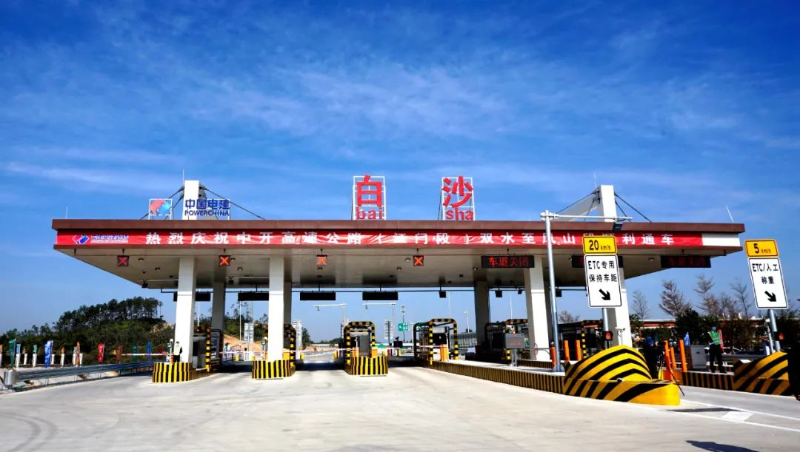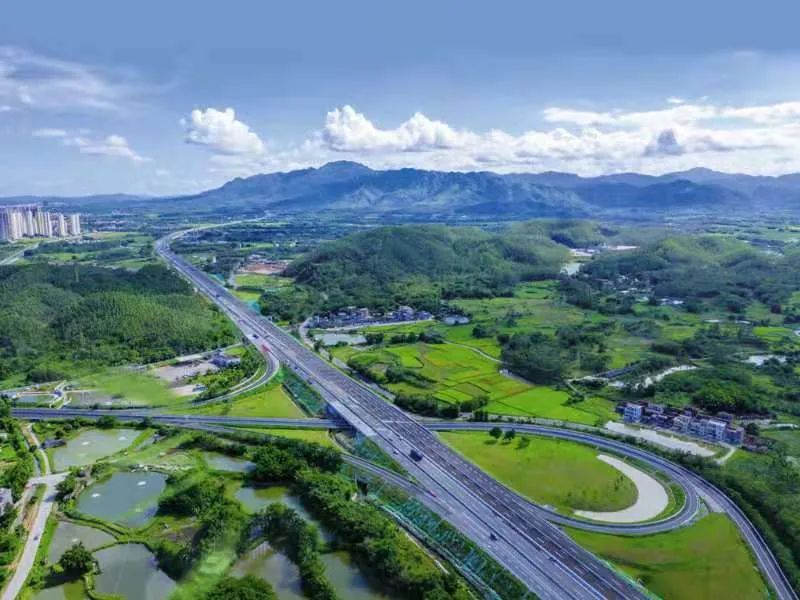On the morning of December 31, the Baisha-Fengshan section of Zhongkai Expressway and Kaichun Expressway were officially opened to traffic, further enhancing Kaiping's traffic location advantages and providing solid and powerful traffic service guarantees for the accelerated economic and social development of Kaiping City.

The Zhongkai Expressway is connected with the planned Shenzhong Pass. The main line is about 131 kilometers in length and has a total investment of about 13.9 billion yuan. It spans Jiangmen and Zhongshan, connects with Kaiyang Expressway at Fengshan and connects with Gaoen Expressway, adopting two-way 6-lane. , Standard construction with design speed of 120 kilometers per hour.The route passes through Sanbu Street, Chikan Town and Baihe Town in Kaiping City. Chikan and Baihe Interchange is expected to be opened before the Spring Festival in 2021.

The Zhongkai Expressway is of great significance to improve the expressway network of Guangdong Province and the west coast of the Pearl River, and to strengthen the connection of land passages between the western Guangdong region and the Pearl River Delta, Hong Kong and Macao. It will greatly promote the Pearl River Delta region, Guangfo Zhao, Zhuzhong River and Huiguan Shenzhen. The exchanges and connections of the large economic circle speed up the process of economic integration in the Pearl River Delta, and help the west bank of the Pearl River directly connect to the core area of the Guangdong-Hong Kong-Macao Greater Bay Area.

Kaichun Expressway is connected with Zhongkai Expressway, with a total length of 82 kilometers and a total investment of 13.4 billion yuan. It spans Jiangmen and Yangjiang. It adopts two-way 6-lane construction with a design speed of 120 kilometers per hour.

The Kaichun Expressway has opened up the main traffic artery between the Guangdong-Hong Kong-Macao Greater Bay Area and the ASEAN Economic Belt. After opening to traffic, the journey from Kaiping to Yangchun will be shortened from more than 2 hours to 40 minutes.

In addition, the Guangdong-Hong Kong-Macao Greater Bay Area, the main artery of transportation that radiates to western Guangdong—Kaiyang Expressway has opened two-way eight-lane traffic on the 30th, with a speed limit of 120 km/h.The expansion of Kaiyang Expressway will be more important to promote the integration of western Guangdong into the Pearl River Delta and play the role of the Guangdong-Hong Kong-Macao Greater Bay Area.